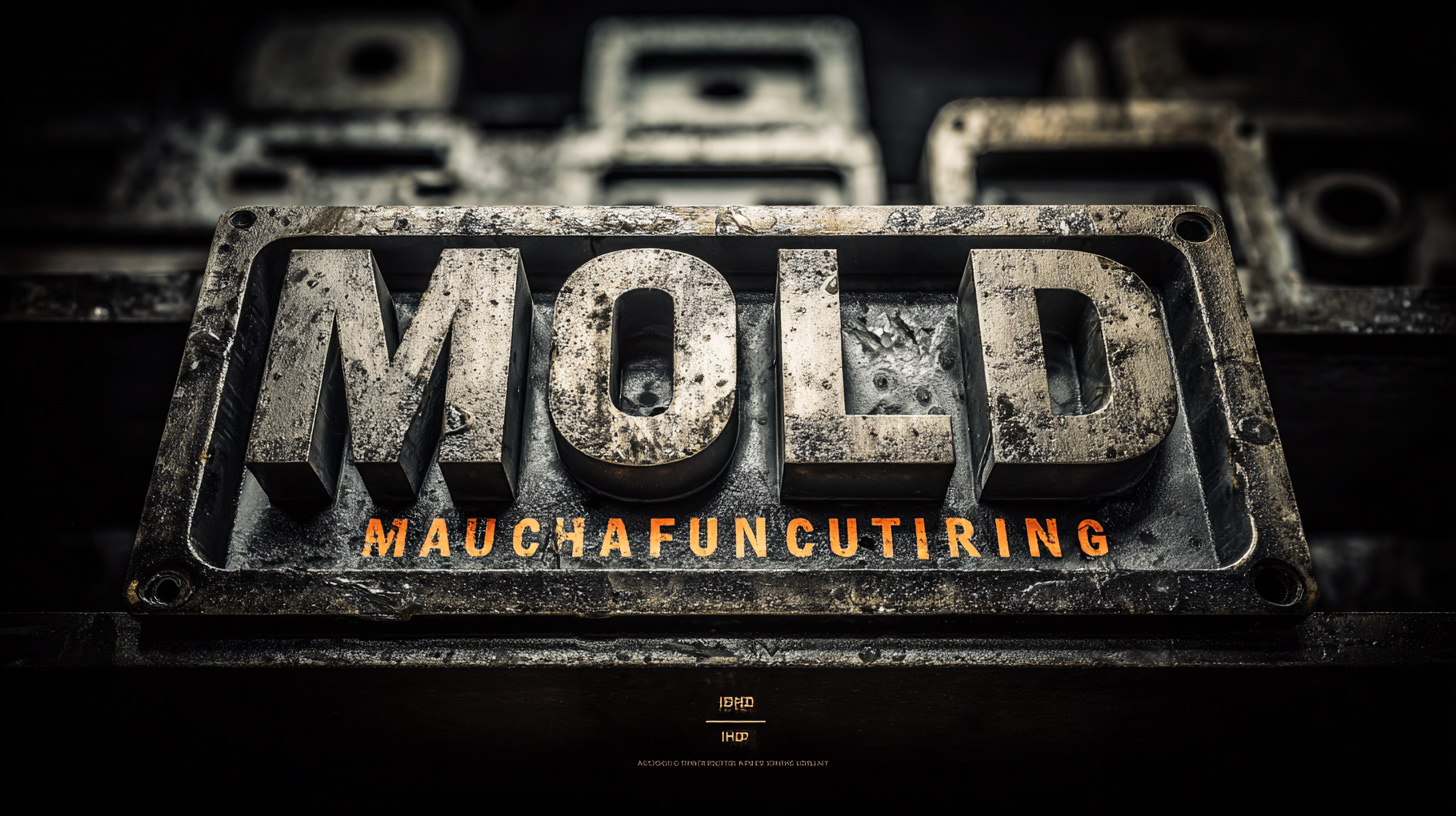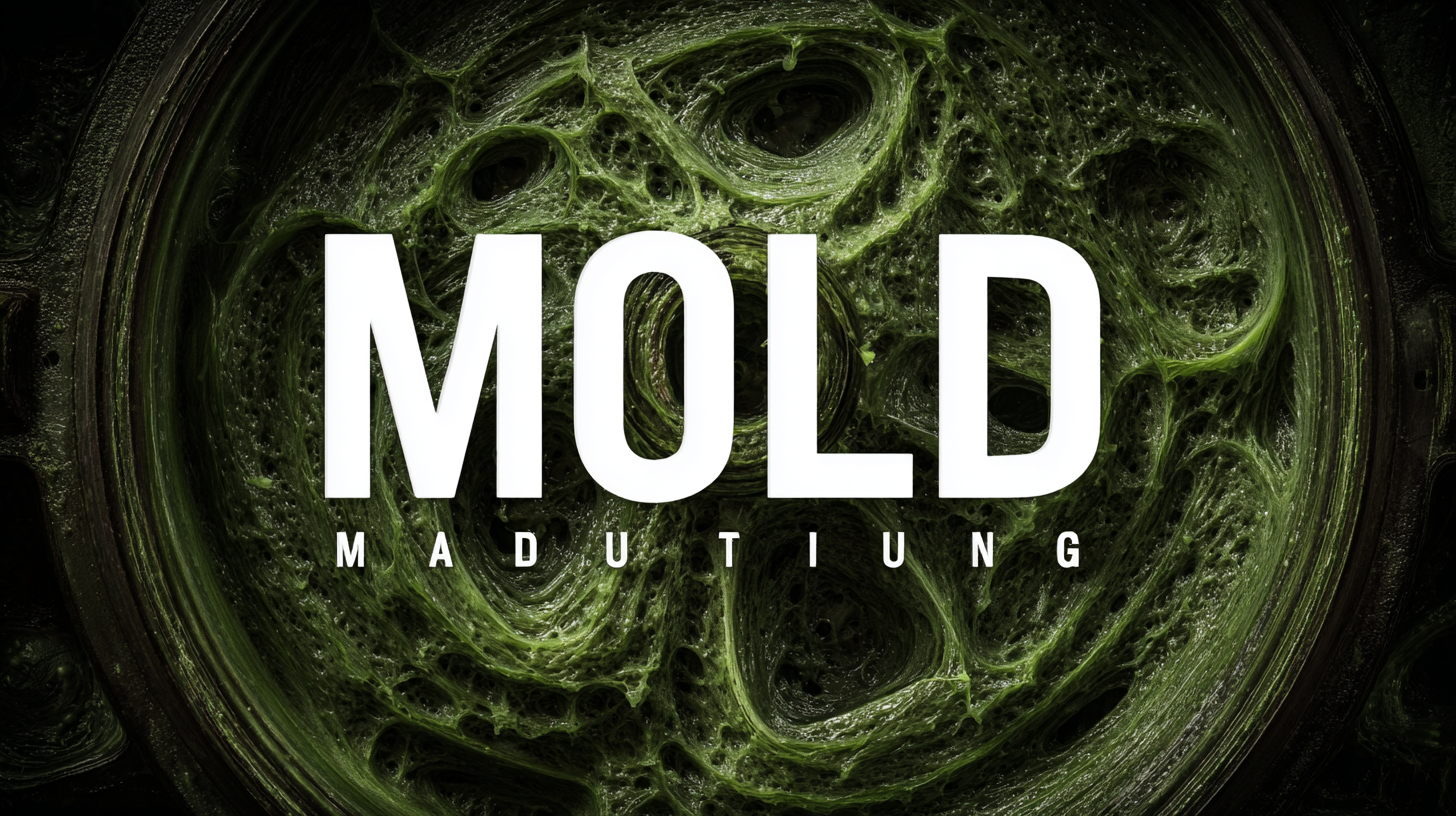


In the realm of modern manufacturing, mold manufacturing stands out as a pivotal process that underpins the creation of diverse products across various industries. From automotive components to consumer electronics, the precision and efficiency of mold manufacturing techniques directly influence product quality and production costs. This comprehensive guide aims to delve into the unique features of the best mold manufacturing techniques available today, exploring their real-world applications across different sectors.

We will examine specific industry case studies that highlight the effectiveness of these methods, while also providing insights into what types of mold manufacturing processes are best suited for particular needs. By understanding these techniques, businesses can make informed decisions that enhance their production capabilities and ultimately drive innovation in their respective fields.
High-quality mold manufacturing plays a pivotal role in global markets, shaping not only the products we use but also the efficiency and sustainability of manufacturing processes.
With industries ranging from automotive to consumer goods relying heavily on precision molds, the implications of quality can directly impact production timelines, cost-effectiveness, and product integrity. When manufacturers invest in superior mold creation techniques, they not only enhance the durability and functionality of their products but also foster innovation that meets the ever-evolving demands of consumers.
In addition to boosting economic viability, high-quality mold manufacturing supports sustainability efforts in various sectors. By producing molds that last longer and require fewer resources to maintain, companies can significantly reduce waste and energy consumption. Moreover, the ability to create complex designs with precision leads to less scrap material during production, aligning with global initiatives towards greener manufacturing practices.
As companies increasingly prioritize these aspects, understanding and implementing the best mold manufacturing techniques becomes crucial for staying competitive in today's market landscape.
Innovative techniques in mold design and production are crucial for various applications across multiple sectors, ranging from automotive to consumer products. According to a report by Research and Markets, the global mold manufacturing market is projected to grow at a CAGR of 4.5% over the next five years, highlighting the increasing demand for high-quality and efficient molds. These innovative techniques include the adoption of advanced materials like thermoplastics and composites, which enhance mold durability and reduce production costs. Additionally, employing simulation software in the design phase minimizes material waste and optimizes the overall design process, thus leading to shorter lead times.
Tips for success in mold manufacturing include investing in employee training to ensure the team is well-versed in the latest techniques and technologies. Regularly updating equipment to incorporate automated machinery can significantly boost production efficiency and accuracy. Furthermore, collaborating with suppliers who specialize in cutting-edge materials and technologies often leads to innovative breakthroughs that can set a company apart in a competitive market. Emphasizing these strategies can help businesses tap into the full potential of mold manufacturing in diverse applications.
When considering mold manufacturing, one of the most significant aspects to evaluate is the cost-effectiveness of sourcing molds from China. With a well-established manufacturing infrastructure and a large pool of skilled labor, China has become a leading player in the mold-making industry. Businesses can benefit from significantly lower production costs while maintaining high-quality standards. This can lead to a more substantial profit margin, especially for companies operating on thin margins.
Additionally, the rapid advancements in technology and production techniques in Chinese factories enable them to produce molds that are not only affordable but also highly precise and durable. The competitive landscape encourages constant innovation, further enhancing the value proposition for international buyers. By leveraging these advantages, companies can streamline their operations and access a wider range of specialized molds tailored to their specific needs. As a result, sourcing from China not only maximizes cost efficiency but also provides access to cutting-edge manufacturing solutions that can drive productivity and growth.

Quality assurance practices in mold manufacturing are crucial to maintaining consistent standards and ensuring high-quality output. According to a report by the American Society for Quality (ASQ), nearly 65% of manufacturing defects can be traced back to inadequate quality control processes. This highlights the importance of implementing robust quality assurance systems in mold production, where precision and reliability are paramount.
One of the key strategies for quality assurance in mold manufacturing involves the use of advanced inspection techniques, such as 3D laser scanning and computerized tomography (CT) scanning. These technologies enable manufacturers to identify discrepancies early in the production process, thus minimizing waste and reducing the risk of defective molds. A study by the Plastics Industry Association indicates that firms employing sophisticated inspection methods can reduce rework costs by up to 30%, demonstrating a significant return on investment for companies prioritizing quality assurance. Additionally, adhering to standards such as ISO 9001 not only boosts product quality but also enhances customer trust, as clients are assured of the consistent performance of the molds supplied.
The mold manufacturing industry is experiencing a pivotal transformation as it increasingly embraces advanced technologies to enhance operational efficiency and precision. Industry reports indicate that the global injection molding market is expected to reach $400 billion by 2025, driven largely by the adoption of automation, AI, and advanced materials. These technologies significantly reduce cycle times and improve quality control, allowing manufacturers to meet growing customer demands for customized solutions. Automation not only minimizes human error but also optimizes resource utilization by streamlining repetitive tasks.
The integration of additive manufacturing, also known as 3D printing, into mold production is another trend reshaping the landscape. Research from Wohlers Associates reveals that the additive manufacturing sector is forecasted to grow to $35.6 billion by 2024, highlighting its crucial role in designing complex mold geometries that were previously infeasible with traditional methods. This innovation not only accelerates the prototyping phase but also reduces material waste, contributing to more sustainable manufacturing practices. As these technologies continue to evolve, mold manufacturers that adopt them will likely gain a significant competitive edge in the market.
